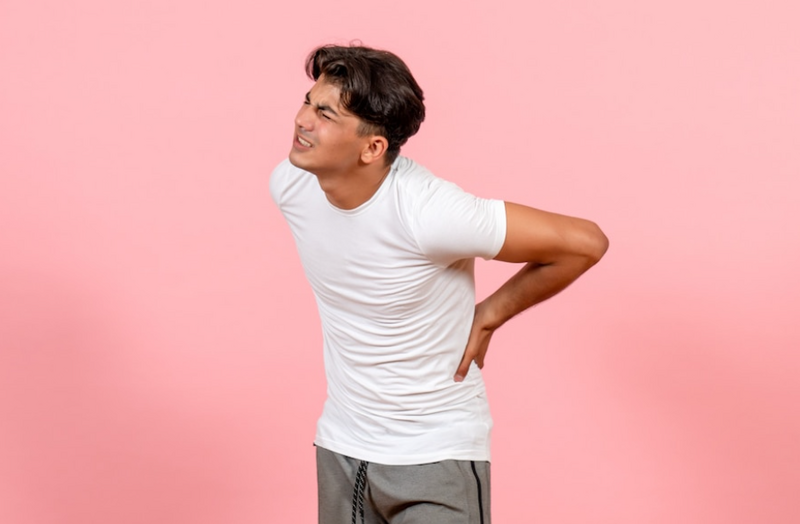Wang Wenyu said that according to a 2017 study, there are 12 types of musculoskeletal factors that may cause low back pain. She also reminded the public that if they feel unwell, it is recommended to seek professional physicians and physical therapists to understand the situation and discuss them in order to find out. The real cause of low back pain; pictured is a situational photo.
(Picture taken from freepik)
[Health Channel/Comprehensive Report] Low back pain has many causes and affects daily life, which is really troublesome.
In this regard, physical therapist Wang Wenyu said that according to a 2017 study, there are 12 musculoskeletal factors that may cause low back pain, and also reminds the public that if they feel unwell, it is recommended to seek professional doctors and physical therapists to understand the situation and Discuss, in order to really find out the real cause of low back pain.
Wang Wenyu mentioned in the Facebook fan page "Wang Wenyu Physiotherapist • Amber physiotherapist" that some previous studies discussed some causes of low back pain, such as excessive foot pronation will increase the internal rotation of the tibia and change the position of the femur, resulting in Anterior pelvic tilt; Tight piriformis muscle increases pressure on the sciatic nerve and changes in the anteroposterior position of the pelvis, which may increase pressure on the intervertebral discs and affect lower back pain, and a 2017 study suggests that factors that may contribute to lower back pain include:
Please read on...
● lumbar extension range of motion.
● quadriceps flexibility.
● Standing body forward bend.
● lumbar flexion range of motion.
● lumbar lordosis.
●The strength of the back muscles.
●The endurance of the back muscles.
● abdominal strength.
● Trunk scoliosis range of motion.
● Transverse area of erector spinae.
●The cross-sectional area of the quadratus lumborum.
●The flexibility of the hamstrings.
The study also found that the reduced range of motion of the trunk scoliosis increases the risk of lower back pain by 1.44 times. Good scoliosis range of motion can help the spine absorb shock, but poor range of motion will limit the range of motion of the trunk and increase the lower back. The stiffness of the lumbar spine; the reduction or limitation of the lumbar lordosis arc will increase the probability of low back pain by 37%, and the normal lordosis angle can help the lumbar spine absorb shock, and the lumbar lordosis arc will also change with the development of low back pain. The forward and backward tilt of the pelvis, which also affects the angle of the lumbar spine, may be related to the development of low back pain.
Studies also indicate that tight hamstrings increase the risk of low back pain by up to 1.04 times, tight hamstrings can affect the position of the pelvis and reduce the angle of lumbar lordosis, which may lead to tightness in the lower back, while Having one low back pain can also be a risk factor for another low back pain recurrence.
☆Do not miss health news, follow the fan page by like.
☆For more important medical news, please visit the free health website.
keywords
lumbar spine
lower back pain
Scoliosis
Backache
Anterior pelvic tilt
related news
